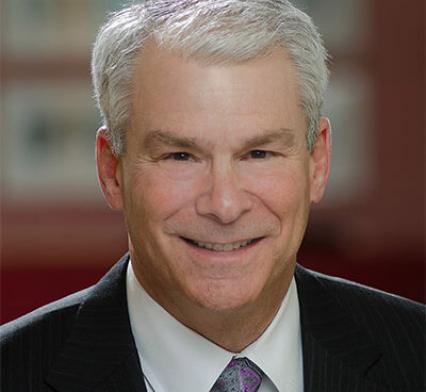The Future of Work
These monthly indicator reports provide a great real-time picture of what’s shaping business in Metro Denver, and are a useful early warning system of the trends that are developing over the coming months.
And in the fast-moving world of business today, we need to look at these reports in the context of a longer-term vision. Colorado business leaders need to look out to the next 10 years – and beyond – in order to develop the strategies that will help them thrive.
Pinnacol did just that last month. With consultants from North Highland, we asked ourselves “What is the future of work? What will it look like in 10-20-30 years? What will it mean to be a worker?”
In order to begin answering those questions, we started by looking at “weak signals” – current examples of change that indicate future shifts and trends. Here are just a few of the striking things we saw:
- The first human who will live to 1,000 is alive right now.
- 43 percent of the U.S. workforce is expected to be freelancers by 2020.
- Amazon has more than 15,000 robots working alongside its 300,000+ workers.
- Saudi Arabia has granted citizenship to a robot.
- Japanese construction companies are using robots on building sites.
- In China, a 57-story skyscraper recently went up in just 19 days, using modular, pre-fab materials.
- Colorado annual temperatures are projected to warm as much as 6.5 degrees by 2050.
- Slovenia has added “access to water” as a fundamental right in its constitution.
Just as Pinnacol is doing, you should think about the implications of these developments for Colorado’s economy – your business – and those of your customers and competitors.
- What does it mean to you to have older workers – for recruitment, workplace safety, retirement plans?
- Can your business accommodate the shift from employment to contract work – either among your own employees or those of your competitors?
- Have you thought about how to accommodate bots and robots in your workplace, and how to manage employee nervousness about the rise of automation?
- What are the impacts of our changing climate on businesses like construction (longer building season?) and office-based industries (higher cooling costs?)?
Of course, none of these developments will occur in a vacuum. They’ll be affected by other, sometimes, contradictory, forces. The key is seeing and thinking about them now, and use that to shape the future of your own company. Because none of us can afford to wait for the future to happen.
